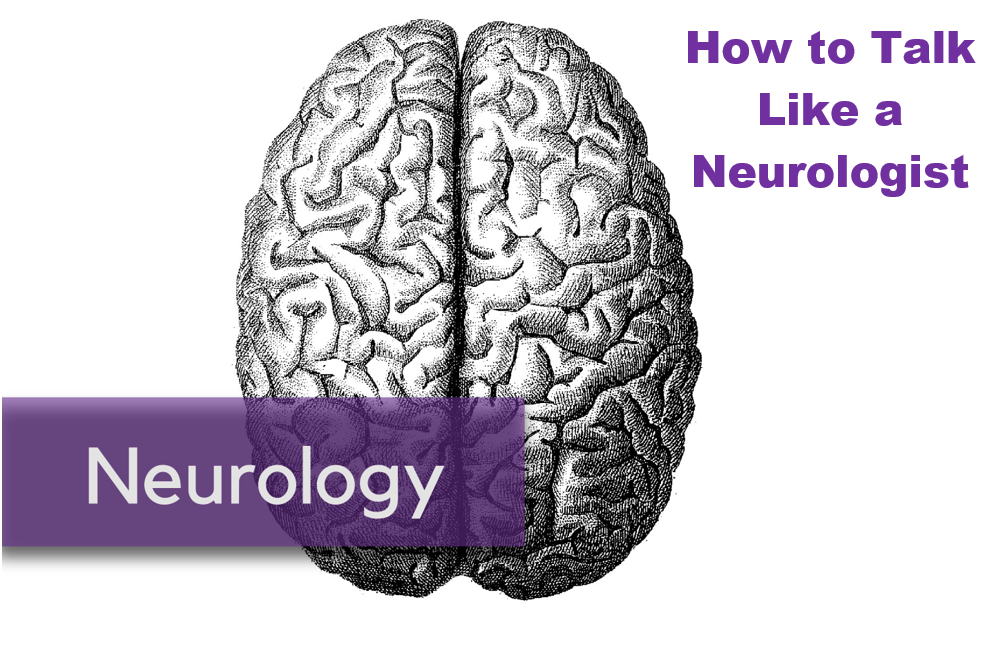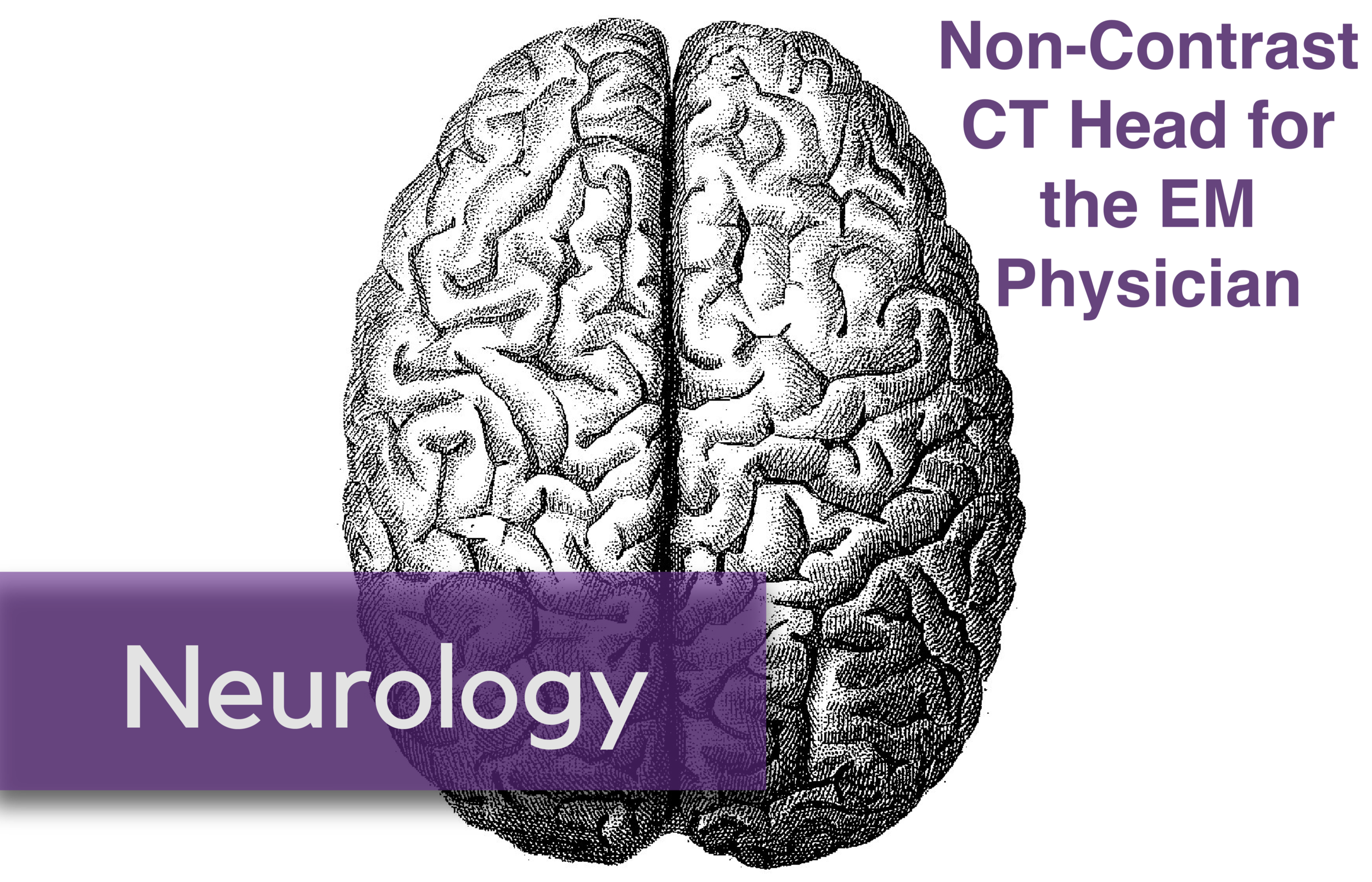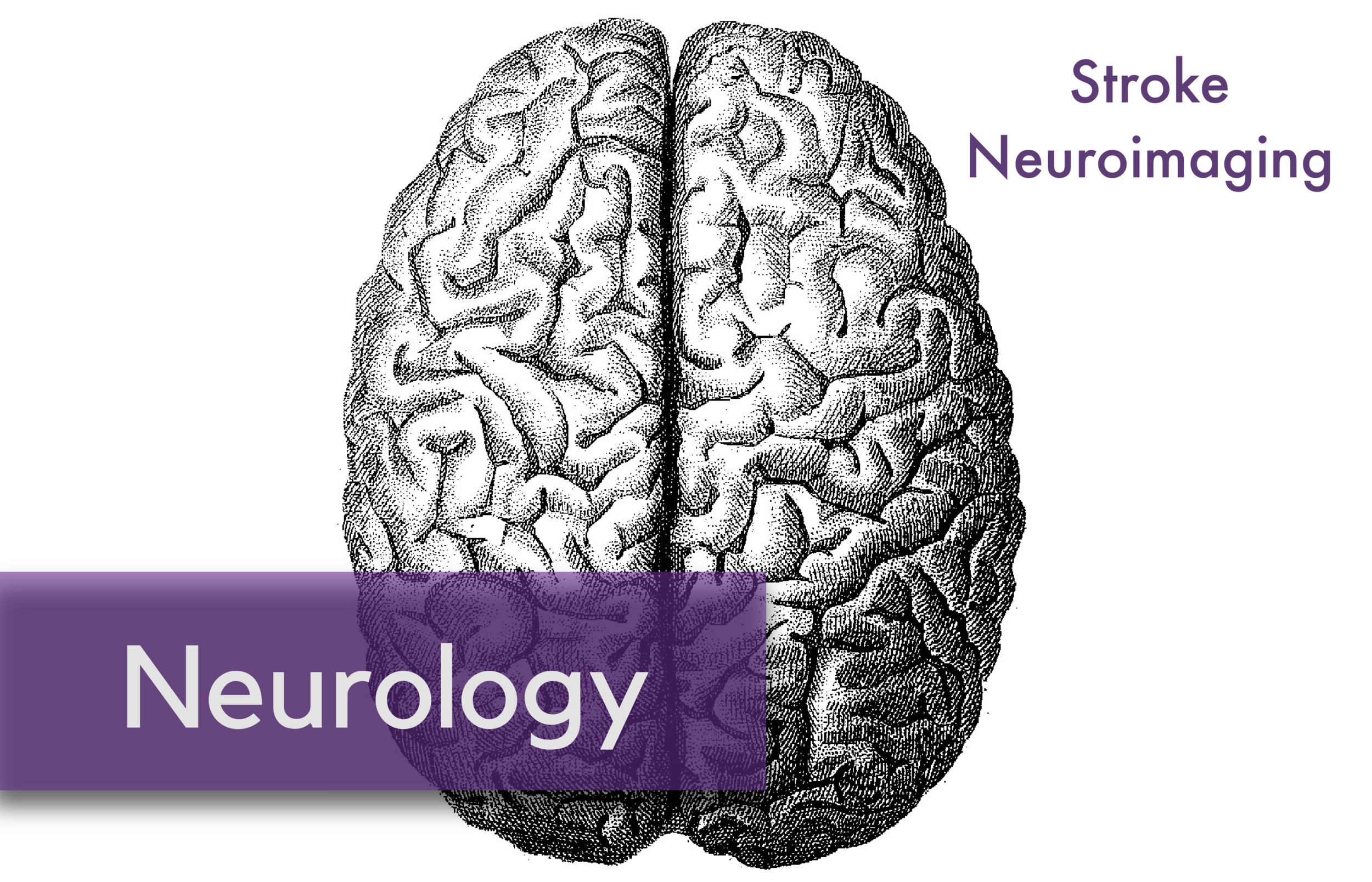Written by: Justin Seltzer, MD (NUEM PGY-1) Edited by: Quentin Reuter, MD, (NUEM PGY-4) Expert
Review by: Alexander Lo, MD
Introduction
Undifferentiated altered mental status (AMS) is among the most common and vexing problems faced by emergency physicians. The differential is incredibly broad and complicated by varied clinical presentations ranging from mild confusion to coma. Given this, patient stabilization and rapid diagnosis of life threatening etiologies (i.e. glycemic emergencies) are the initial priorities.[1-4] A full description of the initial diagnostic evaluation has been well summarized here previously by Trinquero, Alkawham, and Fant.[5]
Problem
Sometimes the initial evaluation will fail to determine the etiology responsible for the patient’s with AMS. This blog is intended to highlight four “can’t miss,” but relatively uncommon, conditions you should consider when standard labs and imaging leave you without a clear diagnosis.
1. Methanol and Ethylene Glycol
When should I consider this?
High-risk populations: chronic alcoholics, homeless, and patients with previous ingestions/suicide attempts.
Classically, methanol is associated with blurred “snow field” visual disturbance and acute renal failure from calcium oxalate crystals.
However, varied clinical presentations, from mild inebriation/sedation to hyperpnea, seizure, and coma, make clinical diagnosis difficult. Significant ingestions can present with mild symptoms, as the toxic metabolites take time to form. Ethanol co-ingestion competitively inhibits alcohol dehydrogenase, slowing toxic metabolite formation; as a result, chronic alcoholics may show minimal symptoms and have delayed formation of an anion gap.
How do I confirm this?
Figure 1
Toxic alcohol levels are usually not available quickly and therefore have limited clinical utility in the emergency department.
If possible, identify the product ingested. Common sources are automotive antifreeze and de-icing solutions, windshield wiper fluid, solvents, cleaners, and fuels.
Classically, methanol and EG present with “double gap,” or both an osmolar gap and anion gap metabolic acidosis. As the toxic alcohols are metabolized, the osmolar gap resolves and an anion gap forms as toxic metabolites are created, as shown in Figure 1. Depending on the timing of ingestion, either gap may not be present at the time of evaluation.
Figure 2
Strongly consider toxic alcohol ingestion if a large osmolar gap (>50 mOsm/L) is present. An ethanol level should also be checked and factored into the osmolar gap calculation by adding the ethanol level in mg/dl divided by 3.7 to the equation in Figure 2. Late ingestions may show a predominate anion gap metabolic acidosis with little or no osmolar gap.
Other EG ingestion clues include hypocalcemia, as EG metabolite oxalic acid binds blood calcium to form calcium oxalate, and an elevated lactate, as the EG metabolite, glycolate, can be mistaken for lactate by laboratory instruments.
How do I treat this?
If suspicious for toxic alcohol ingestion, treat empirically with fomepizole.
Emergent dialysis is indicated for severe symptoms, such as new renal failure, hemodynamic compromise, vision changes, or persistent acidosis.
EG ingestions require serum calcium monitoring and repletion.[6-8]
2. Chronic salicylate toxicity
When should I consider this?
High risk populations: elderly or anyone who requires chronic aspirin or salicylate use, especially those with liver or renal impairment.
Acute toxicity presents classically with GI upset, vertigo, and tinnitus progressing to pulmonary edema, hyperthermia, alerted mental status, coma, and death. It also has a mixed respiratory alkalosis, due to stimulation of the central respiratory centers, and anion gap metabolic acidosis, from the disruption of aerobic respiration. Chronic toxicity mirrors this toxidrome but is more insidious and difficult to recognize as there is no acute ingestion event.
Remember, salicylates are present in high concentrations in many other over the counter products besides aspirin, including oil of wintergreen and Pepto-bismol.
An important pitfall is failure to consider chronic salicylate toxicity in patients with pulmonary edema, respiratory distress, and altered mental status.
How do I confirm this?
Diagnosis is based on history, presentation, and presence of mixed anion gap metabolic acidosis and respiratory alkalosis.
Obtaining a salicylate level for altered patients without etiology is recommended, though levels alone are not diagnostic. Toxic levels from chronic ingestion are usually lower than those for acute toxicity.
Given these diagnostic challenges, a delay in diagnosis is common and results in higher overall morbidity and mortality as compared to acute toxicity.
How do I treat this?
Sodium bicarbonate is used to alkalinize the urine and serum to improve excretion.
Dialysis is indicated for severe symptoms such as altered mental status, severe acidosis, and pulmonary edema, or in those with renal impairment requiring dialysis.[9-12]
3. Thrombotic thrombocytopenic purpura (TTP)
TTP is a platelet aggregation disorder that leads to microangiopathic hemolytic anemia (MAHA). TTP is due to autoimmune destruction of ADAMTS13, a von Willebrand factor multimer cleaving enzyme, which results in abnormal platelet and clot formation, subsequent MAHA and thrombocytopenia, and CNS and renal dysfunction.
When should I consider this?
High risk populations: Often idiopathic. Hereditary TTP is a rare disease without specific high-risk groups. Acquired TTP is associated with HIV, malignancy, SLE, transplantation, and many drugs.
TTP has a high mortality rate (>90%), which drops to 20% with treatment.
It presents classically with “pentad” of sudden onset of :
- Fever
- Altered mental status
- Thrombocytopenia
- Renal failure
- Microangiopathic hemolytic anemia
However, this occurs in only up to 40% of cases. A review of 77 TTP patients showed 80% had neurologic sequelae, with 53% having a major symptom (AMS, TIA/stroke, seizure, coma).[13] However, neurologic findings can fluctuate and be transient. Importantly, neuroimaging is often normal.
Always consider TTP as the cause of thrombocytopenia (<50k) or anemia in an alerted patient, especially if other concerning signs and symptoms of the classic pentad are present. Consideration should not hinge on renal function; the creatinine can be normal or only slightly elevated.
How do I confirm this?
Clinical suspicion should be based on presentation and laboratory findings. . Don’t forget to send a blood smear to evaluate for schistocytes.
Confirmation of diagnosis in the emergency department is unlikely as laboratory testing is specialized.
How do I treat this?
Emergent consultation with a hematologist is necessary.
In the emergency department, fresh frozen plasma infusions and steroids can be used as a temporizing measure until definitive management (plasma exchange) can be arranged.
Avoid platelet transfusion unless there is active, severe bleeding, as this can worsen the condition. [14,15]
4. Non-convulsive status epilepticus
Status epilepticus (SE) is a seizure longer than five minutes or two or more seizures without intervening full recovery. A small subsection of people have a diagnostically challenging variant known as non-convulsive status epilepticus (NCSE), during which persistent cerebral seizure activity is not manifested as muscular convulsions.
When should I consider this?
Consider the diagnosis especially in high risk populations such as: known seizure disorder, alcoholics, known intracranial masses or hemorrhage, CNS infections, critically ill patients, toxin exposures, and certain medications (ex. cefepime).
NCSE itself does not have any specific risk factors beyond those for seizures generally. However, those who experienced convulsive SE (CSE) are at higher risk of subsequently developing NCSE; one study showed 14% of those with CSE had persistent NCSE after termination of convulsions. [16] Similarly, up to 20% critically ill comatose patients have been shown to have epileptiform activity on EEG. [17]
NCSE presents primarily with altered mental status. The patient may have positive (automatisms, blinking, echolalia, facial twitching, nystagmus, eye deviation) or negative (coma, confusion, lethargy) symptoms.
NCSE can also occur after a generalized seizure, appearing as a prolonged postictal period; if level of consciousness doesn’t improve after 10 minutes or if mental status remains abnormal after 30 minutes, NCSE should be seriously considered.
How do I confirm the diagnosis?
EEG is the only definitive diagnostic test.
How do I treat this?
Early anti-epileptic administration is key; the longer SE lasts, the more refractory it becomes to treatment.
Benzodiazepines are the first line treatment, supplemented with fosphenytoin, phenytoin, or levetriacetam. Valproate may be useful for NCSE as well. Agents such as propofol, phenobarbital, or ketamine may be necessary if the previous drugs are unsuccessful.[18-21]
Final Thoughts
There are countless etiologies for altered mental status in ED patients. Defining what is uncommon depends on patient population characteristics. For example, isoniazid toxicity is common in prison populations because of the higher prevalence of tuberculosis but much rarer among healthier and un-incarcerated communities. Delirium is relatively common among older adults, often due to infection, but it is far less common among younger patients from infectious or metabolic causes (in younger patients delirium is more likely from toxic causes). An open mind and deep fund of knowledge provides a strong clinical foundation, but knowing your patient population is key. Hunting for the proverbial diagnostic ‘zebras’ is irresistible and exciting, but always remember a few fundamental emergency department approaches:
The emergent (the first 5 minutes):
- Airway (and B-C-D)
- VS (don’t forget the temp!)
- Arrhythmia (telemetry monitor or EMS rhythm strip)
- Glucose
The urgent (the next 30 minutes)
- New and old medications
- Tox, tox, tox
- Labs (shotgun labs)
- CT (remember that CT is quite useless for many posterior circulation etiologies)
One lesson I’ve learned is that people are creatures of habit, so often the patient has done the same thing before. Reviewing previous visits or talking to family/friends (if available) may be helpful.
One final thought: If the AMS turns out to result from a toxic overdose of either home medications or easily available substances/chemicals, look for any diagnosis of depression or prescriptions for anti-depressants. If you find either, it’s reasonable to suspect a self-inflicted overdose and now you may have an overt act of self-harm; so order the sitter, document your concerns and communicate this to the admitting team.
Posts You May Also Enjoy
How to cite this post
[Peer-Reviewed, Web Publication] Seltzer J, Reuter Q (2017, Nov 27). When Algorithms Fail: Uncommon, Can't Miss Causes of Altered Mental Status. [NUEM Blog. Expert Review By Lo A]. Retrieved from http://www.nuemblog.com/blog/AMS
References:
- Huff JS. Altered Mental Status and Coma. Tintinalli’s Emergency Medicine: A Comprehensive Study Guide. 8th (2016), Chapter 168.
- Initial Diagnosis and Management of Coma. Stephen J. Traub MD and Eelco F. Wijdicks MD. Emergency Medicine Clinics of North America, 2016-11-01, Volume 34, Issue 4, Pages 777-793
- Lei C, Smith C. Depressed Consciousness and Coma. Rosen’s Emergency Medicine: Concepts and Clinical Practice. 9th Ed. (2017), Chapter 13.
- Tindall SC. Level of Consciousness. Clinical Methods: The History, Physical, and Laboratory Examinations. 3rd Ed. (1990), Chapter 57.
- Trinquero P, Alkawham L (2016, August 30). The ED Approach To The Comatose Patient [NUEM Blog. Expert Commentary By Fant A]. Retrieved from http://www.nuemblog.com/blog/the-comatose-patient/.
- Nelson ME. Toxic Alcohols. Rosen’s Emergency Medicine: Concepts and Clinical Practice. 9th Ed. (2017), Chapter 141.
- Cohen JP, Quan D. Alcohols. Tintinalli’s Emergency Medicine: A Comprehensive Study Guide. 8th (2016), Chapter 185.
- Mount Sinai Children’s Environmental Health Center. CEHC FACT SHEET: Ethylene Glycol. Retrieved from https://www.mountsinai.org/static_files/MSMC/Files/Patient%20Care /Children/Childrens%20Environmental%20Health%20Center/ethylene%20glycol.pdf.
- Boyer EW, Weibrecht KW. Salicylate (aspirin) poisoning in adults. UpToDate. Updated January 9th, 2017. Retrieved from https://www.uptodate.com/contents/salicylate-aspirin-poisoning-in-adults.
- O’Malley GF. Emergency Department Management of the Salicylate-Poisoned Patient. Emerg Med Clin North Am. 2007;25(2):333-46.
- Temple AR. Acute and Chronic Effects of Aspirin Toxicity and Their Treatment. Arch Intern Med. 1981;141(3 Spec No):364-9.
- Carstairs S. Salicylates. Published in CALL US: The Official Newsletter of the California Poison Control System (Fall 2009). Retrieved from http://www.calpoison.org/hcp/2009/callusvol7no4.htm.
- Page, E. E., Kremer Hovinga, J. A., Terrell, D. R., Vesely, S. K., & George, J. N. (2017). Thrombotic thrombocytopenic purpura: diagnostic criteria, clinical features, and long-term outcomes from 1995 through 2015. Blood Advances,1(10), 590-600.
- Kappler S, Ronan-Bentle S, Graham A . Thrombotic microangiopathies (TTP, HUS, HELLP). Emerg Med Clin North Am. 2014;32(3):649-71.
- Saha M, McDaniel JK, Zheng XL. Thrombotic thrombocytopenic purpura: pathogenesis, diagnosis and potential novel therapeutics. J Thromb Haemost. 2017;Epub ahead of print.
- DeLorenzo, R. J., Waterhouse, E. J., Towne, A. R., Boggs, J. G., KO, D., DeLorenzo, G. A., Brown, A. and Garnett, L. (1998), Persistent Nonconvulsive Status Epilepticus After the Control of Convulsive Status Epilepticus. Epilepsia, 39: 833–840.
- Gaspard, N., Jirsch, J., Hirsch, L. J.. Nonconvulsant Status Epilepticus. April 4, 2017. uptodate.com
- Kornegay JG. Seizures. Tintinalli’s Emergency Medicine: A Comprehensive Study Guide. 8th (2016), Chapter 171.
- Button KC, Mannix R. Neurologic Disorders. Rosen’s Emergency Medicine: Concepts and Clinical Practice. 9th Ed. (2017), Chapter 69.
- Peets AD, Berthiaume LR, Bagshaw SM, Federico P, Doig CJ, Zygun DA. Prolonged refractory status epilepticus following acute traumatic brain injury: a case report of excellent neurological recovery. Crit Care. 2005;9(6):R725-8.
- Gaspard N, Jirsch J, Hirsch LJ. Nonconvulsive status epilepticus. UpToDate. Updated April 4th, 2017. Retrieved from https://www.uptodate.com/contents/nonconvulsive-status-epilepticus












